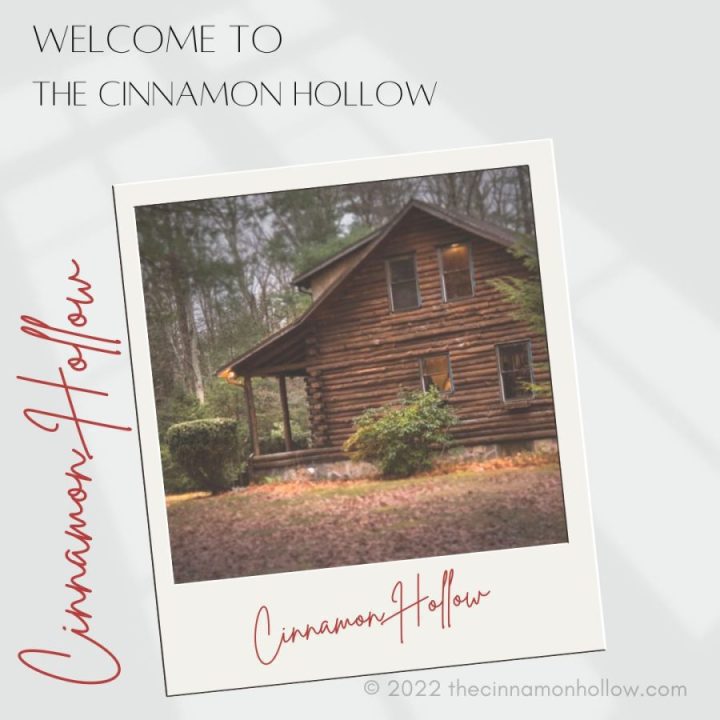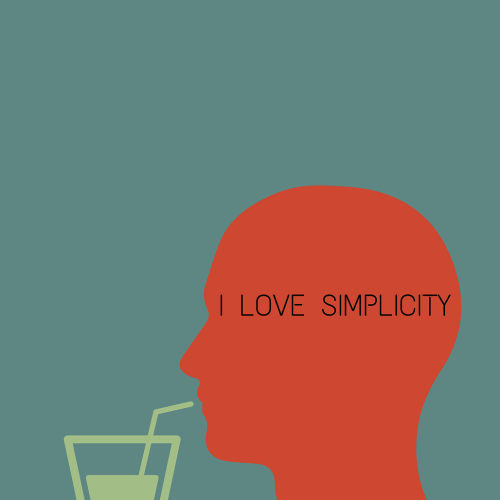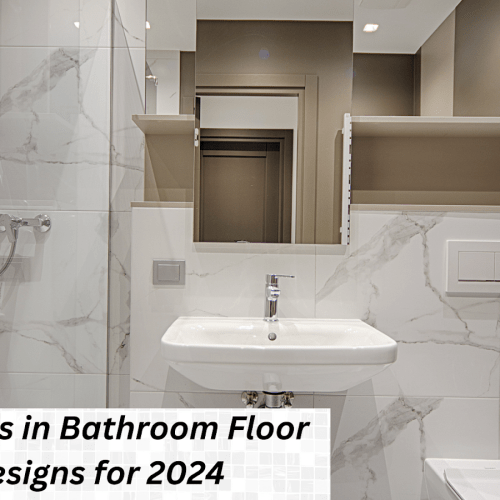Purchasing a used piano can be a great way to get a quality instrument at an affordable price. However, there are a few important things to consider before making a purchase. Buying a used piano might be more difficult than buying a new one, but fortunately, most things to watch out for are simple to spot if you know what to look for. This guide will provide you with some tips on how to choose and buy a used piano.
If you’re a parent, student, or someone in need of a musical instrument, whether an upright or grand, and you want to save money by purchasing a secondhand piano from a seller or on Craigslist, you undoubtedly want to know
Here’s a breakdown of how to buy a used piano:
Select a piano that will fit in your house.
It’s time to select a piano that fits your home after deciding on your favorite piano manufacturer. A baby grand, measuring 5’1″ and up, would be ideal for the majority of households. Something in the 6′–9′ range would be suitable if your home has a large space.
Measure the available space in your home and perhaps even rearrange some furniture to get a sense of how a piano might fit there. Additionally, check to see whether you can mount your future piano to an inside wall.
Draw a diagram on the paper, take pictures, and present it to the dealership. You’ll have a good chance to choose the appropriate size instrument if you do this.
Research the market
You should research the market before working with a private seller or dealership. Every year, the cost of new pianos rises significantly, and the same is true for used pianos.
The Piano Buyers Guide and Blue Book of Pianos are just a couple of the many piano bluebooks found online. You may get a decent indication of the piano’s value, the original MSRP, and the suggestions manufacturers make to dealers from these guides.
Knowing the piano’s genuine value before negotiations makes the process considerably simpler. This knowledge will help you negotiate a lower price or walk away from the sale if you discover that a dealer is asking for too much.
Examine a Few Pianos
It’s a good idea to try a piano after you’ve finally found one that’s in decent condition. Take a seat and listen to as much music as possible in the piano store. When judging the resonance, experiment with playing softly and loudly and consider the environment.
Look for a rich tone in the middle and a lively tone in the high register when you play the piano. If the piano can sustain a powerful bass sound that doesn’t sound distorted in the bottom end, that’s a good sign. The actual mechanics of the instrument are separate from the sound quality. The motion of a piano should be quick and light, not slow and unresponsive. Depending on the age and usage of the piano, this may be difficult to find on the used market.
The best action and tone are always found in used pianos that have been rebuilt or reconditioned. Making notes about what you liked and didn’t like while playing is a smart idea. Test both new and old models to compare them from every angle. Occasionally, you might discover that the older model performs better than, the more recent one, but you wouldn’t know this without giving them both a test drive. Make every effort to limit it to no more than five instruments. The more tools you test, the more difficult it will be to decide.
Research the brand of the piano you prefer.
Having your preferred brand in mind is a smart idea when looking at used pianos for sale. Do you want a Yamaha? Maybe you want something from a European or Baldwin brand.
Starting with a list of piano manufacturer names. After noting a couple that catches your attention, study the various models and the brand’s history. This will allow you to learn about the builder’s reputation, identify their high-end and low-end models, and determine how readily available they are in your market.
Negotiate a Fair Price
Once you’ve decided on a piano and had it appraised, it’s time to submit your offer. The dealer’s negotiating table can initially seem intimidating when dealing with an older instrument. However, dealing with private dealers is significantly more straightforward.
With new pianos, there is a lot less to consider, and once the dealer takes the first 20% off, it’s usually taken or left. Because sellers aim to recoup the instrument’s initial cost as much as possible, used pianos have less leeway.
If the figures don’t add up, you can defend your position thanks to the finished piano study that you did beforehand. With a secondhand piano, it’s much simpler to back out of a terrible bargain, especially if the piano technician finds obvious problems with the instrument.
If you believe the instrument is susceptible to failure, try negotiating a reasonable warranty plan as part of the price discussion. Be careful to incorporate authenticity certificates as well to validate the legal components.
The pricing is much easier to negotiate with a private dealer. Many private sellers lack the same instrument knowledge level as you and frequently want to sell the instrument quickly. When you take advantage of that, you can leave with a fantastic instrument at a fantastic price.
Conclusion
These are warning signs that should lead you away from one particular piano and toward another used instrument, or a new instrument if your budget allows if you’re seeking a piano that’s ready to play with little care. Once you’ve discovered a piece of equipment you like and passed all of these tests, you may
go one step further and get an independent evaluation of the instrument from a local tuner. Alternatively, if you’re working with a local dealer, you know and respect, you may always ask them to provide a written, signed evaluation of the instrument for your records.






